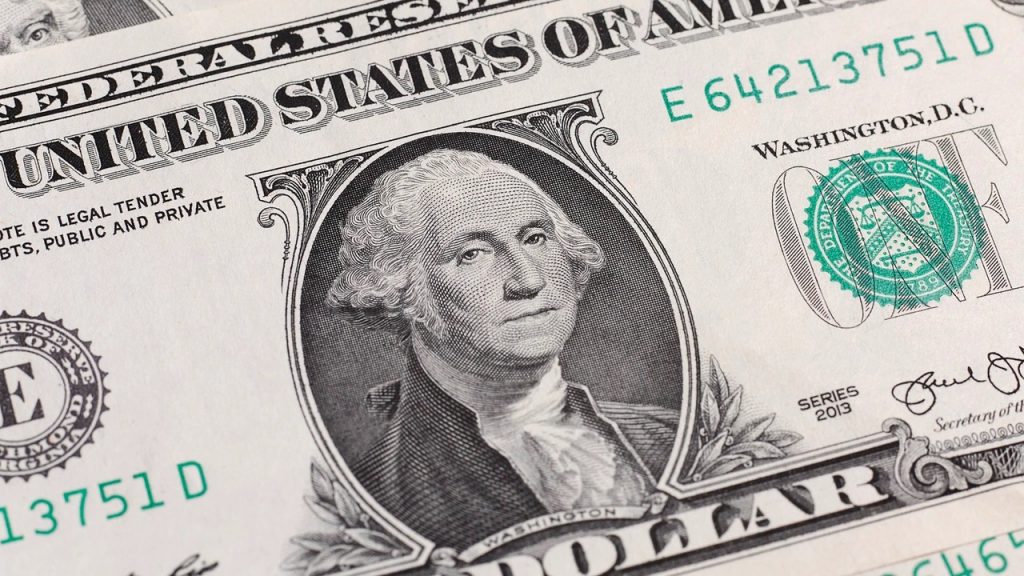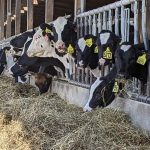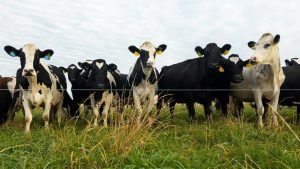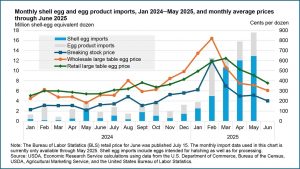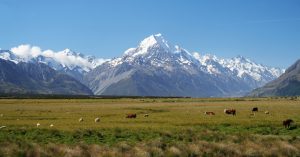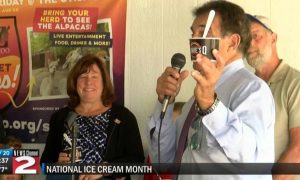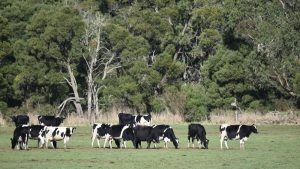
Road warrior: This year has had some twists and turns for the economy, what could be ahead in the general economy?
The agriculture economy, with the exception of the beef sector and a few other commodities, is in an economic down cycle. The general economy appears to be motoring along with the recession that was predicted to happen this year being nowhere in sight. Let’s examine what may be in store for the U.S. economy and some of the signposts and indicators that the general economy would follow the agriculture economy in a down cycle.
Monetary and fiscal policy
The Federal Reserve surprised many individuals, including yours truly, with a 50-basis point drop in the federal funds rate. In a recent meeting with other economists and business executives, the conclusion was that another quarter of a percent decline in interest rates by the year’s end and 100 to 150 basis points, or 1 to 1.5 percent, can be expected in 2025. One must closely watch the core inflation rate, which excludes food and energy, for major movements up or downward that can change the direction of interest rates. Core inflation is currently at 3.3 percent.
Unemployment and job creation must be monitored, despite the “noise” or inconsistency created by the methodology of how calculations occur between reporting periods. The number of job reports with increases at or below 100,000 jobs would suggest cuts in interest rates. However, job reports with more than 200,000 jobs created would suggest a potential increase in interest rates.
Concerning fiscal policy, the approximately $2 trillion dollars of budget deficits and $35.7 trillion dollars of total federal debt is not sustainable. Government spending for various initiatives has continued to motor the economy. Areas and regions where federal dollars are being allocated to green energy and artificial intelligence (AI) have seen a robust economy. Moving forward, will these green energy and AI programs be economically sustainable without government subsidies and increased competition globally?
ALICE, HENRY, and HERMAN
A cast of three economic characters in the U.S. population bears observation concerning the future of the economy.
1. ALICE: Asset Limited, Income Constrained, Employed
This group has been experiencing financial stress. After the stimulus monies were exhausted, their spending has been curtailed and they are building up credit card and consumer debt. Watch for increases in both credit card and consumer debt delinquencies. Despite this group’s economic and financial stresses, it is not enough to create a full-fledged recession.
2. HENRY: High Earner, Not Rich Yet
This segment of the population needs close monitoring. These individuals and households earn $100,000 to $300,000 annually, but have difficulty purchasing a home because of large amounts of college debt and consumer spending. If this segment experiences job losses or has significant changes in household income and purchasing power, this could push the economy into a recession.
3. HERMAN: High Earner, Rich, Mobile, Appreciated Net worth
These individuals are high earners, rich, mobile, and have appreciated net worth often between $1 and $10 million dollars. If this group has job losses, paper wealth declines in stocks and homes, or loses flexibility and mobility in employment or marketplace dynamics, a recession could be deep and extended. The aforementioned group of economists and business executives expressed concerns that there is a possibility of a recession in 2025 and that the economy is very fragile to external events.
You can now read the most important #news on #eDairyNews #Whatsapp channels!!!
🇺🇸 eDairy News INGLÊS: https://whatsapp.com/channel/0029VaKsjzGDTkJyIN6hcP1K
